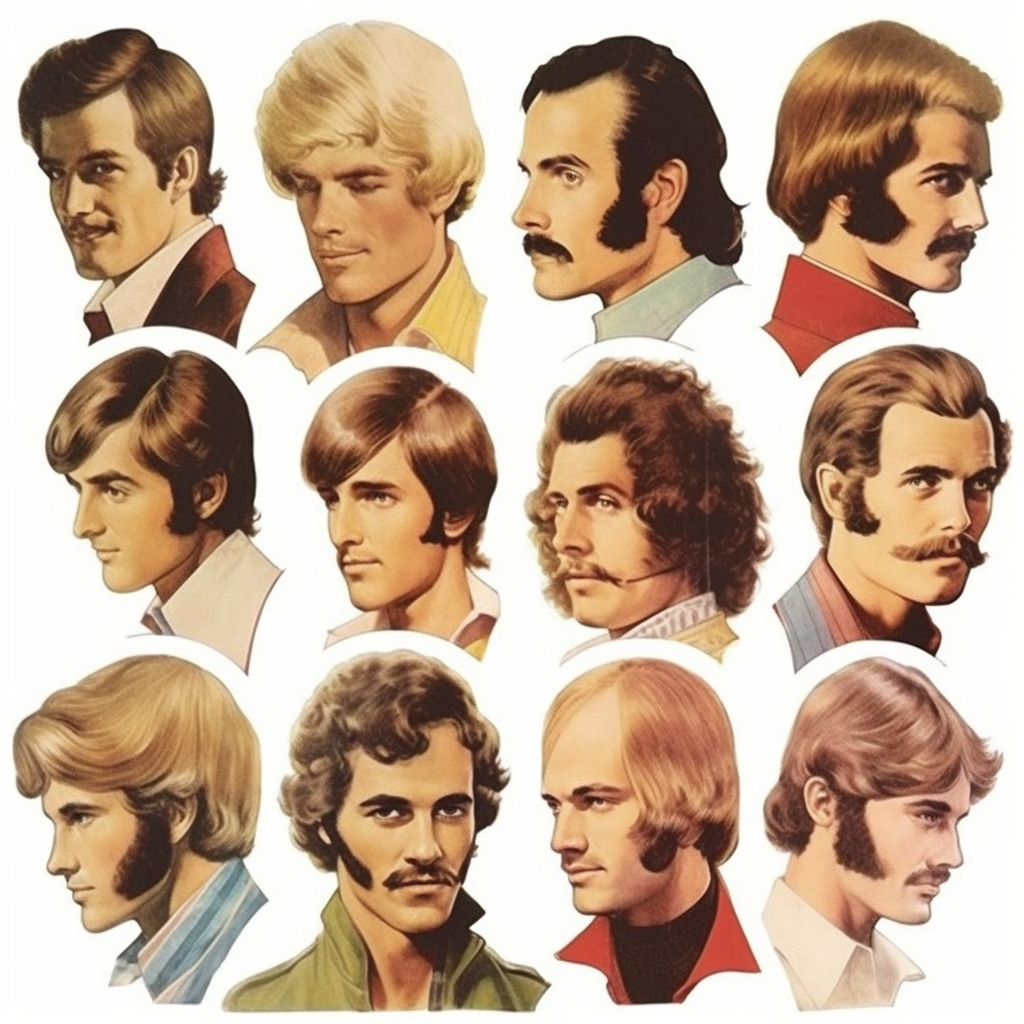Difference Between Taper and Fade: Men’s Most Popular Haircuts
When it comes to modern men’s haircuts, the terms taper and fade are often used interchangeably, but they refer to two distinct styles. Both are clean, stylish cuts that involve a gradual change in hair length, but they achieve this in different ways. Understanding the difference between a taper and a fade can help you communicate more clearly with your barber and choose the right haircut for your personal style. Let’s break down the key differences between a taper and a fade, and how to decide which one suits you best.
What Is a Taper?
A taper refers to a haircut where the hair gradually shortens on the sides and back of the head. The transition is smooth and subtle, with the hair tapering down to a shorter length near the ears and neckline, but without going down to the skin. The key feature of a taper is that it leaves some hair around the sides and back, creating a natural, blended look.
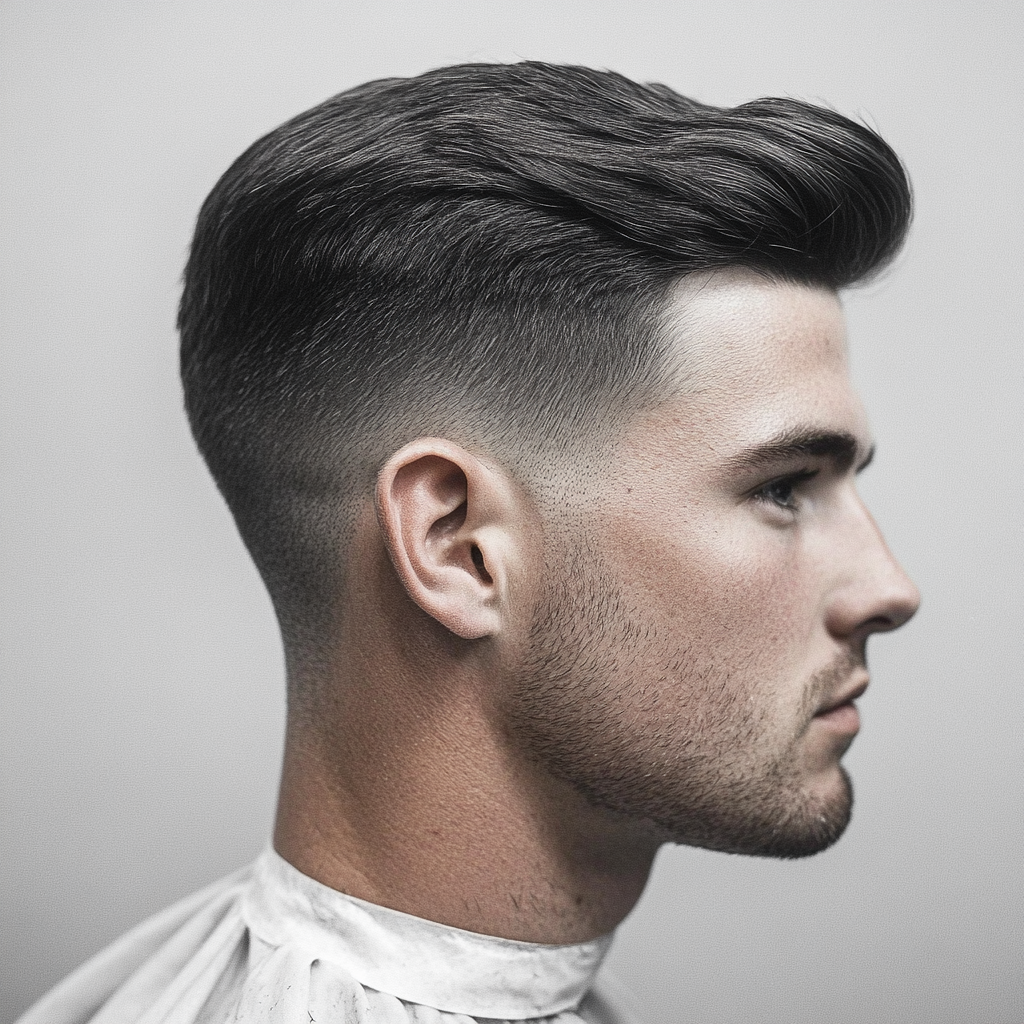
- Length: A taper typically leaves hair of varying lengths as it moves down toward the neckline, making it less dramatic than a fade.
- Versatility: Tapers are great for men who prefer a more conservative and professional look, as the transition is gradual and doesn’t result in any harsh contrasts.
- Style: This cut works well with a variety of hairstyles, from classic comb-overs to textured tops, and is perfect for men who want a clean but subtle look that can suit both formal and casual settings.
What Is a Fade?
A fade, on the other hand, involves a more dramatic shortening of the hair. In a fade, the hair gradually tapers down to the skin or very short stubble. Fades usually start higher up on the head and can range from subtle to bold, depending on where the fade begins and how short it goes.
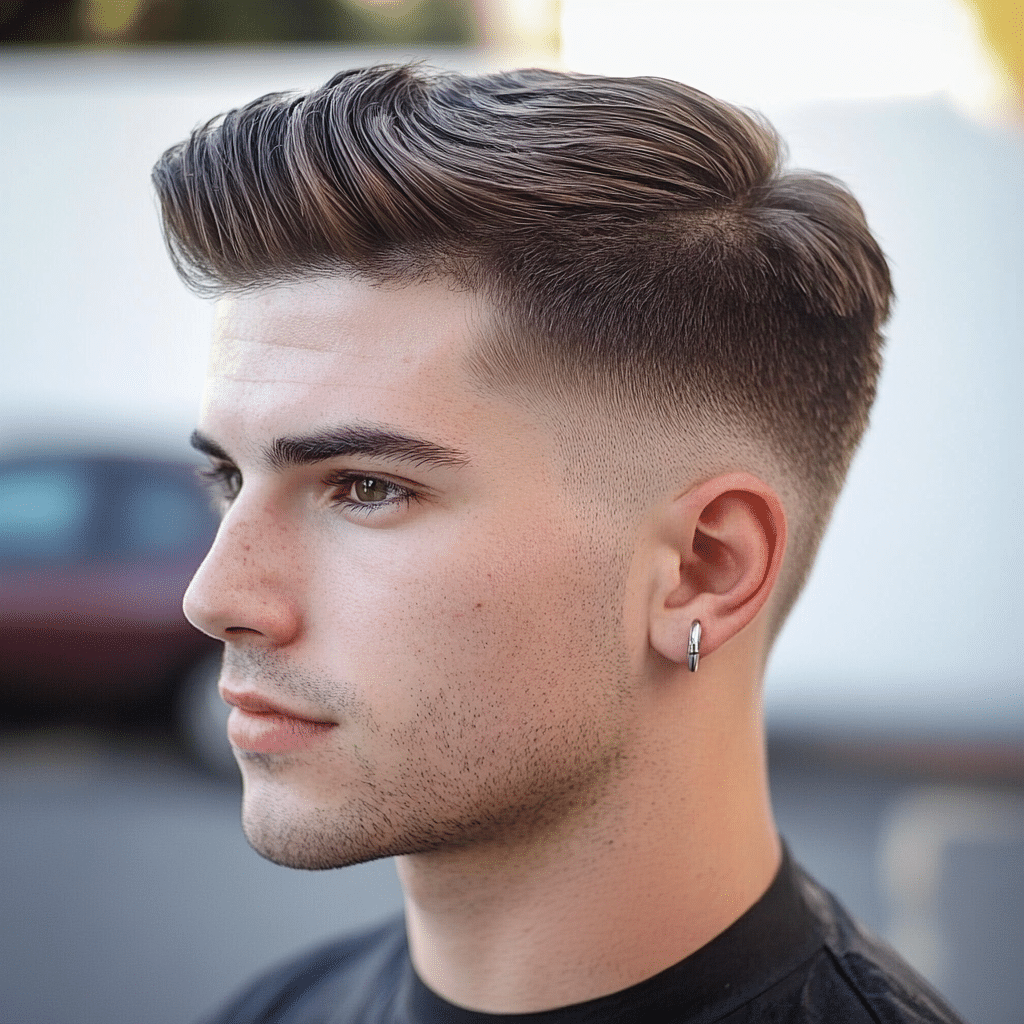
- Length: Fades create a sharp contrast between the hair on top and the sides, often fading down to the skin or near-zero length at the neckline and around the ears.
- Boldness: Because fades usually involve a more pronounced transition, they’re ideal for men who want a modern, edgy look that stands out. Fades are often more attention-grabbing than tapers.
- Style: Fades work particularly well with more daring hairstyles like faux hawks, textured crops, or high-top styles. The clean, sharp look of a fade complements styles that have more volume or structure on top.
Why Do People Say “Taper Fade”?
The term taper fade is often used, but it’s technically not a haircut on its own. Many people use it to describe a blend of both tapers and fades because the two styles share some similarities, but they aren’t the same. If you ask for a taper fade, you might end up with either a taper or a fade depending on how your barber interprets it. That’s why it’s important to be specific.
The confusion comes from the fact that both styles involve a gradual shortening of the hair, but with a taper, the hair is kept longer on the sides and back, while a fade often goes down to the skin. The phrase “taper fade” is simply a term people use to refer to the overall fading effect of both styles, but it’s not a precise description of a specific cut.
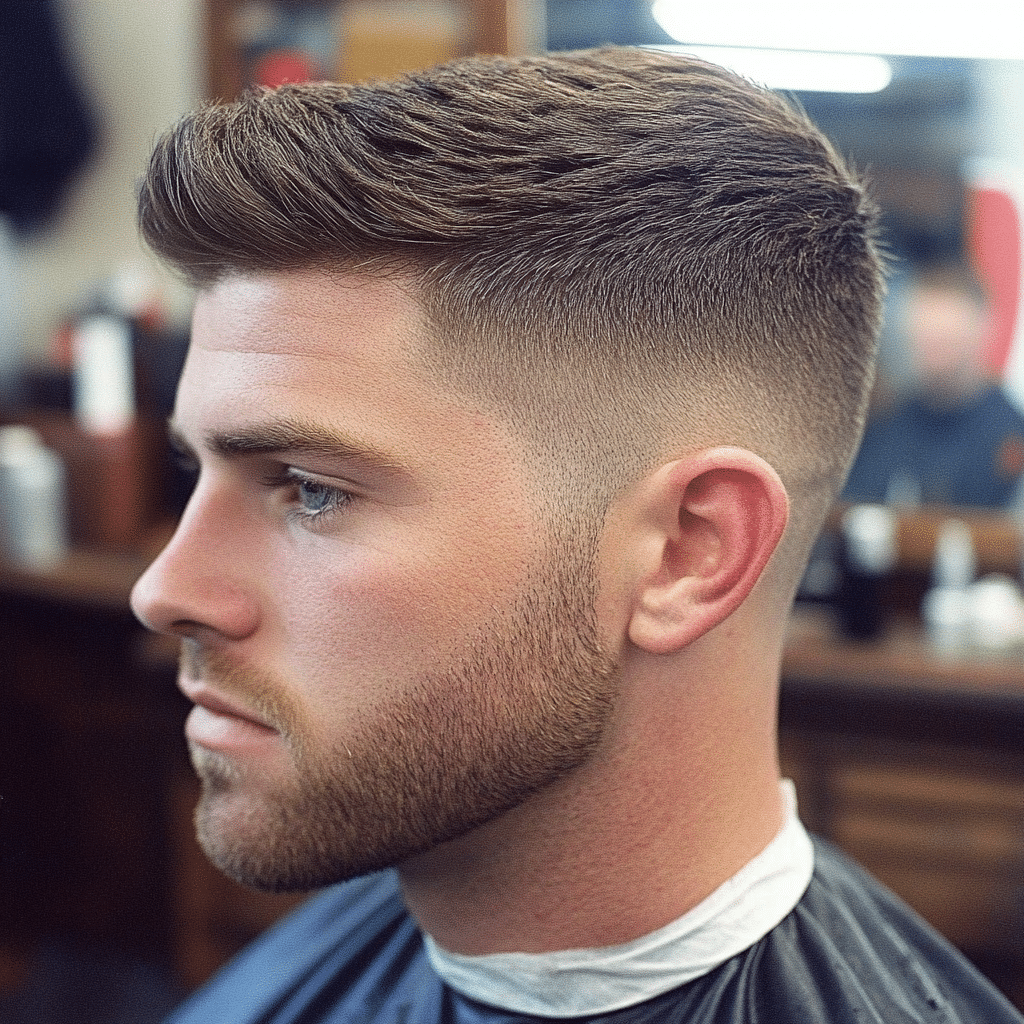
To avoid confusion, it’s always best to clarify with your barber whether you want a taper (which leaves more length) or a fade (which takes the hair much shorter) and specify the height or intensity of the cut.
Key Differences Between Taper and Fade
1. Transition Length
- Taper: The hair shortens gradually, but some length is maintained around the sides and back.
- Fade: The hair fades down to the skin or very short stubble, creating a more dramatic contrast between the top and sides.
2. Look and Boldness
- Taper: A taper provides a softer, more subtle transition, making it ideal for men who want a more conservative, polished appearance.
- Fade: A fade is sharper and more defined, perfect for those looking for a trendy, bold haircut that draws attention.
3. Versatility
- Taper: Tapers work well for a variety of occasions, from business meetings to casual outings. They’re a great choice if you want a haircut that’s stylish but still appropriate for professional settings.
- Fade: Fades are versatile but tend to be more on the bold side, making them great for men who want to push the envelope with their style.
4. Maintenance
- Taper: A taper tends to grow out more naturally, requiring less frequent touch-ups to maintain its look.
- Fade: Because fades involve more contrast and go down to the skin, they require regular maintenance to keep the sharp, clean look intact.
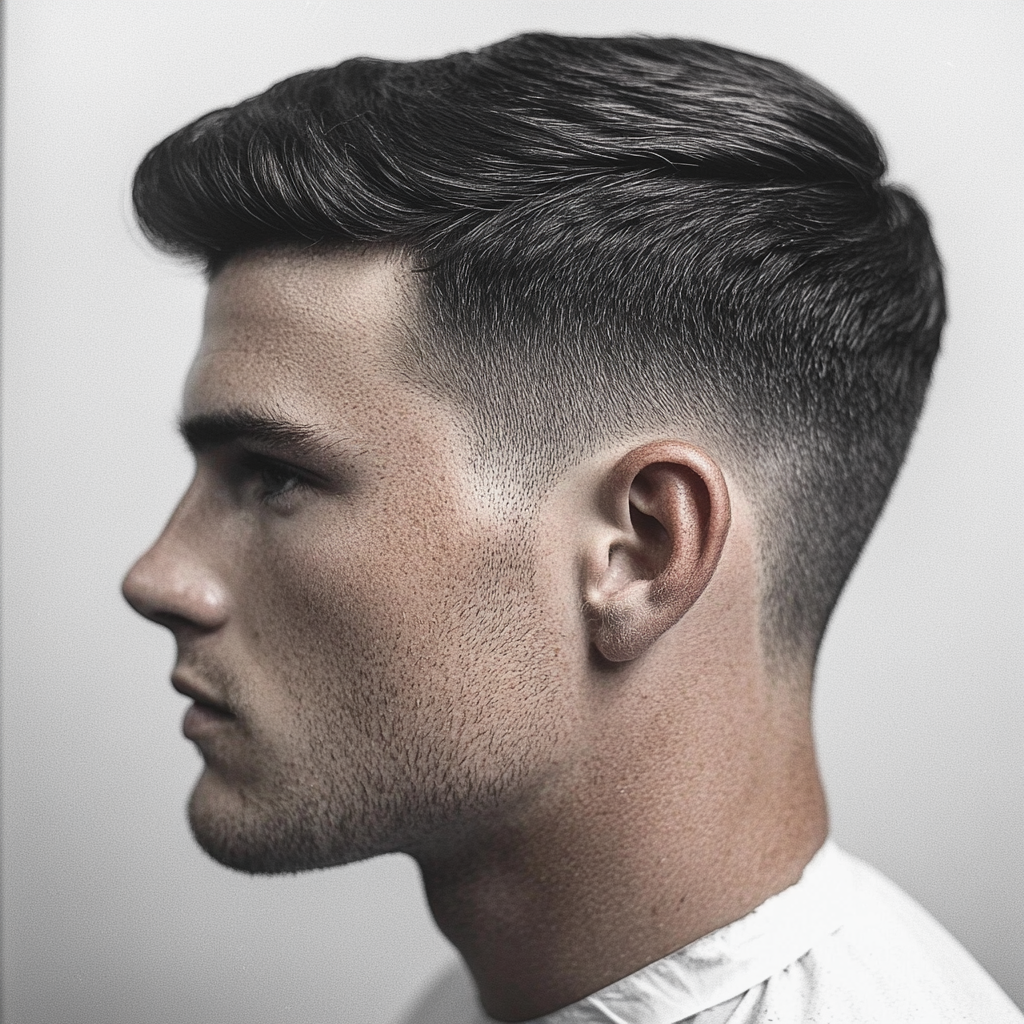
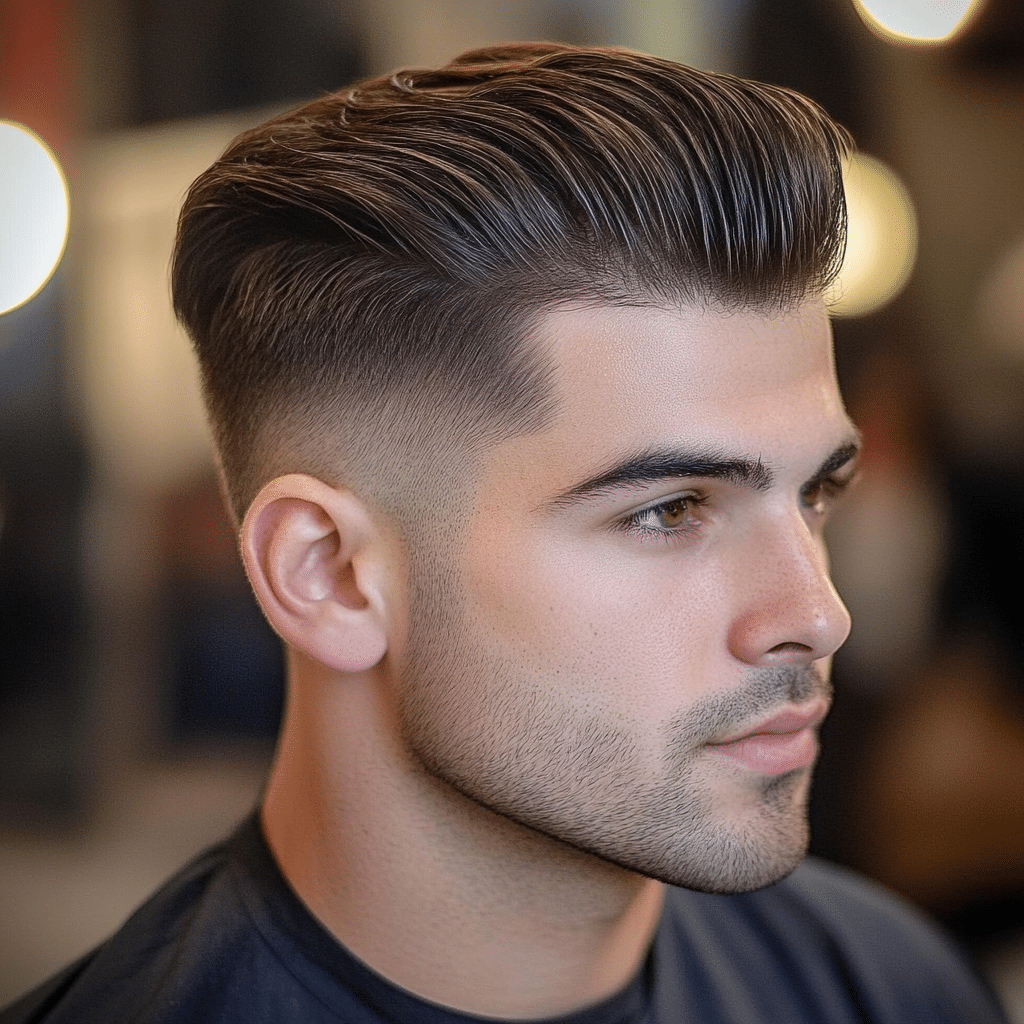
Which One Should You Choose?
The choice between a taper and a fade ultimately comes down to personal preference and how bold or subtle you want your haircut to be.
- Choose a Taper if: You prefer a classic, clean-cut look with a smooth, gradual transition. Tapers are perfect for men who need a more conservative style for work or professional environments, but still want to look polished and stylish.
- Choose a Fade if: You want a bold, eye-catching haircut that stands out. Fades offer a modern, edgy look that works well with creative or high-volume hairstyles, and they’re perfect for men who like to keep their style fresh and trendy.
The difference between taper and fade comes down to the transition and the level of boldness each style offers. A taper is more subtle, keeping some length on the sides and back, while a fade takes the hair down to the skin for a sharper, more defined look. Both styles are versatile, but your choice should depend on your personal style, how much maintenance you’re willing to commit to, and how bold you want your haircut to be.
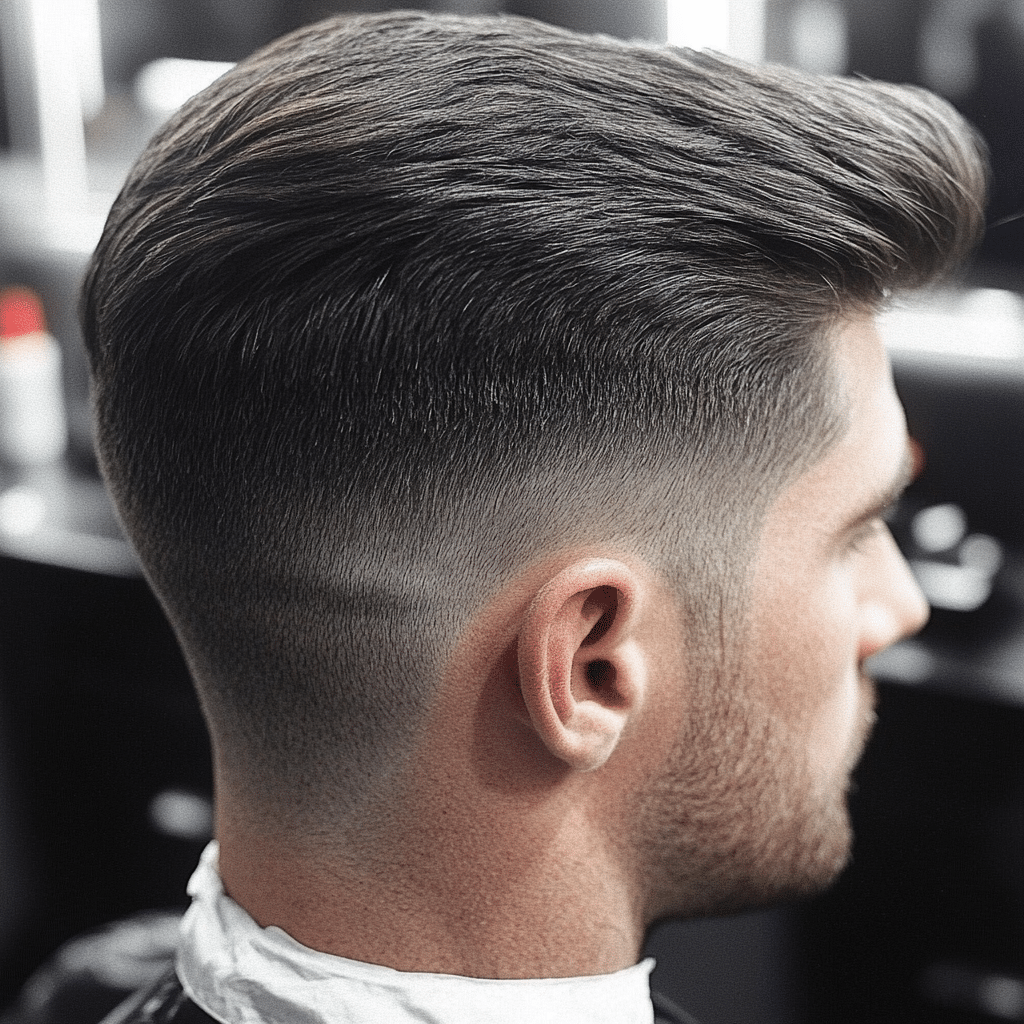
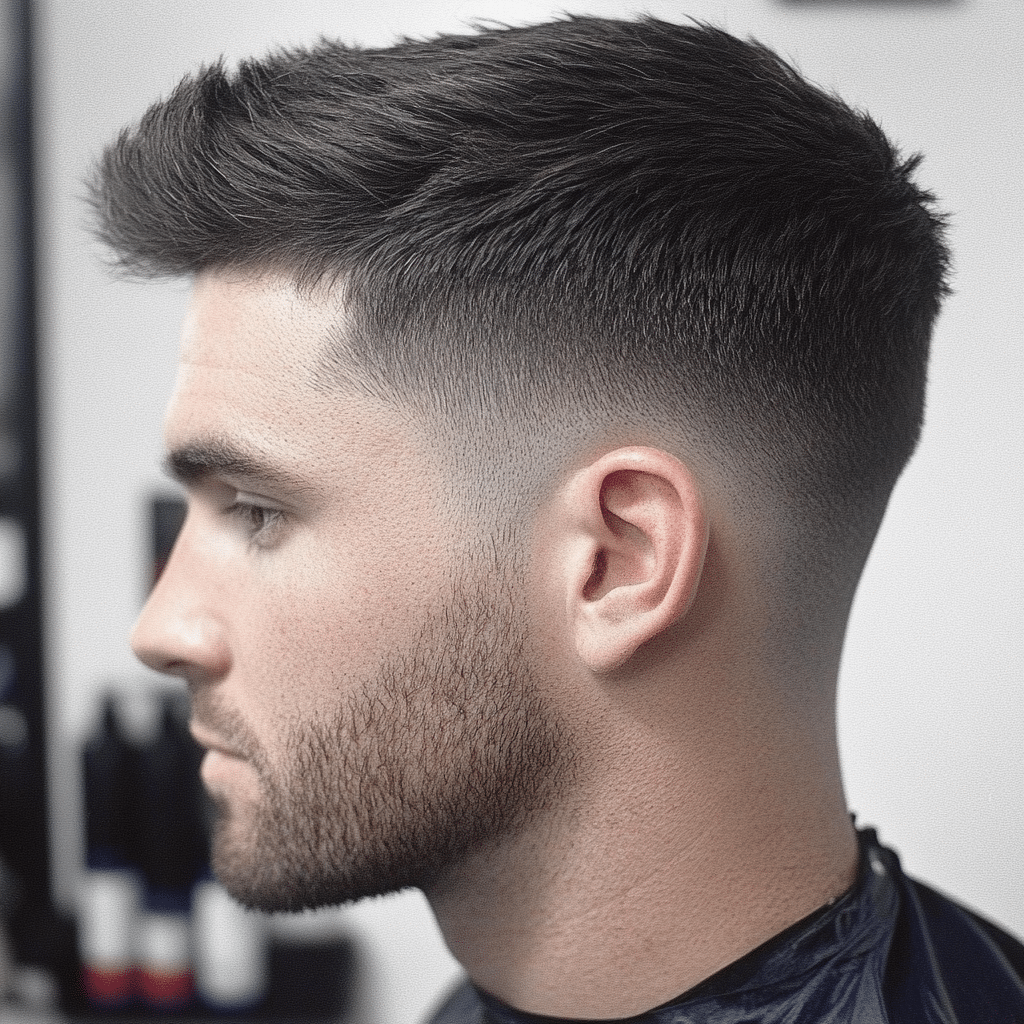
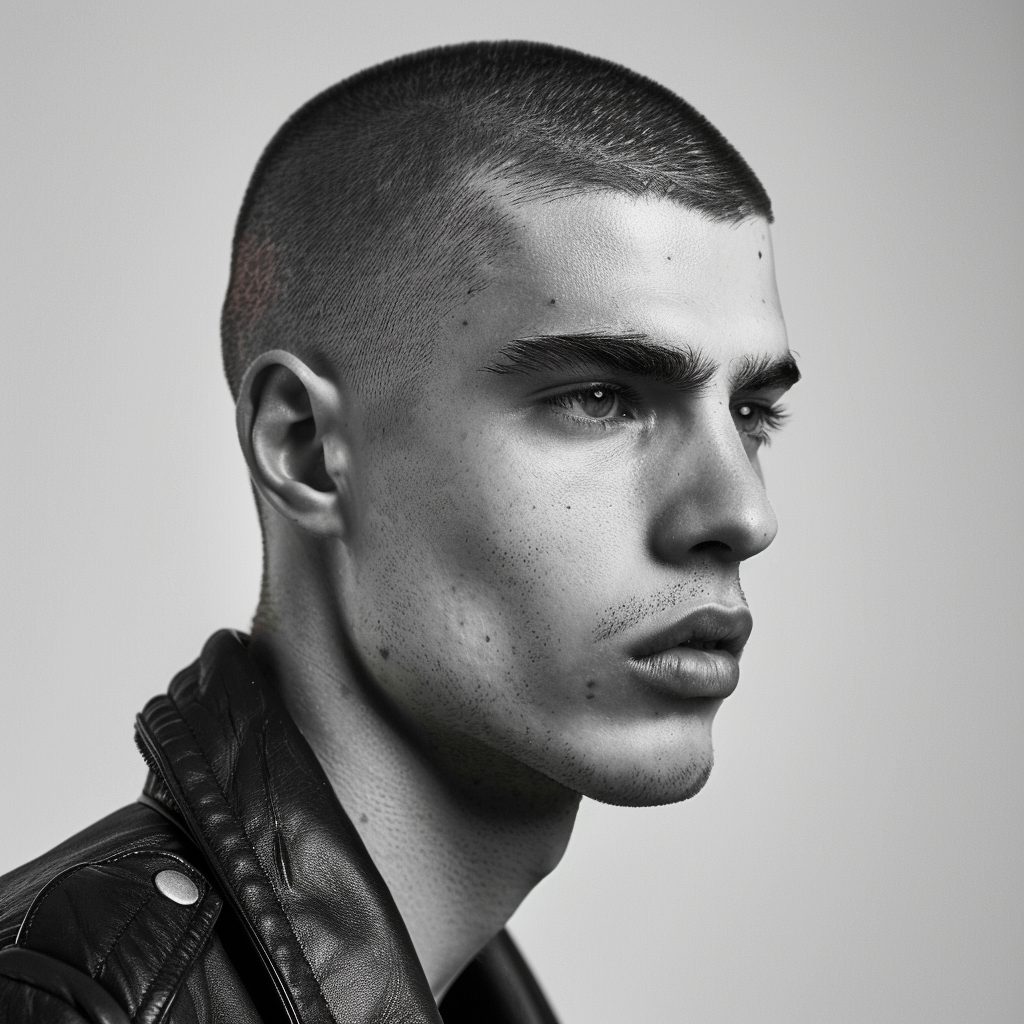


![1960s Hairstyles for Men —[some] still on trend today](https://vagazine.com/vaga_v3/wp-content/uploads/2023/01/comparison_of_60s_mens_hairstyles_ivy_league_haircut-1.png)
